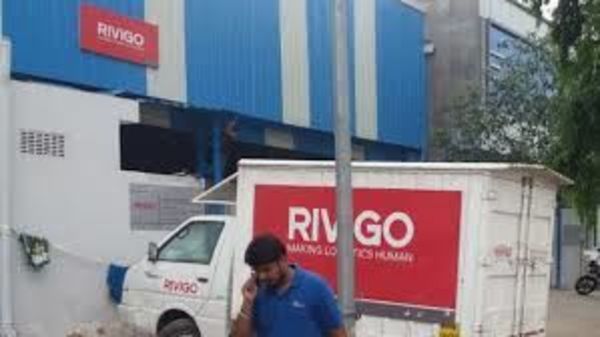The year 2019 was a watershed for India’s logistics sector. It saw nearly a billion dollars flow into the sector from private investors, and two of its startups, Rivigo and Delhivery, become unicorns.
The sector is booming. Already worth $200 billion, it is expected to grow at a compounded annual growth rate (CAGR) of over 10% to reach $320–330 billion in 5-7 years. At the same time, inefficiencies in the sector, reflected primarily as indirect costs, such as pilferage, high inventory and lower utilization, are likely to fall, prompting a drop in its share of gross domestic product (GDP), which currently stands at about 14%.
Coming in the wake of an eventful year and, as the inaugural year in the above projections, 2020 is likely to set the tone for Indian logistics. The question is: What will dominate the sector this year? A crystal ball gaze reveals four trends.
The first is of a likely consolidation in the highly fragmented $60 billion agri-logistics industry, which accounts for a third of India’s logistics spend. There are two ways in which the consolidation could take place.
First, through investments and acquisitions by the private sector. Agri-logistics is an expanding industry that had many multinationals, including Walmart and the Adani Group, lining up with investments last year. With the recent budget promising viability gap funding for cold-chain warehousing projects at the block/taluk level, more big players are expected to foray into this space.
Second, by disintermediation. The government plans to upgrade the National Agriculture Market (eNAM), which has so far served primarily as a price transparency platform for agricultural commodities, to a full-fledged trading and delivery platform across mandis. When that happens, farmers would be able to trade directly with consumers, and the playground for small players will shrink dramatically.
The second trend involves boosting loading efficiencies. India’s less-than-truck load (LTL) segment is worth $35–40 billion. E-commerce and express-delivery players, the more organized sub-segments of LTL, account for about 15% of the segment. How much of the remaining 85% (or nearly $30 billion) can be converted into full truckload (FTL) to improve loading efficiencies and save costs? This is an exciting and untapped opportunity, which in recent years has attracted the attention of not only private-equity and venture-capital (PE/VC) funds, but also third-party logistics (3PL) players. Even so, a major section of the segment is still uncharted waters. It is only a matter of time before other big fish enter the fray.
The third trend relates to Software-as-a-Service (SaaS) players gaining further ground. In 2019, PE/VC funds invested a substantial $43 million in logistics-focused SaaS companies such as Freight Tiger, FarEye and Pando. This inflow is unlikely to slow anytime soon, considering these companies offer an irresistible value proposition to their customers. They can resolve deep-rooted supply-chain inefficiencies through analytics-enabled planning, integrated transport management systems, digital control towers and electronic proof of deliveries.
As these companies continue to gain traction, they may be able to use their insights on complex and fragmented supply chains to mould themselves into 3PL players offering integrated supply chain solutions. If this happens, the boundaries between SaaS and traditional 3PL companies will blur, and a lasting battle may ensue. While SaaS players will push conventional 3PL companies to continually up their game on digital, they will themselves need to keep strengthening their operational on-ground muscle to stay in the game.
Lastly, we could see the emergence of multimodal players. So far, large-scale multimodal logistics operations have not been possible in India, as the air and water logistics segments are small, and the railway system—which accounts for a lion’s share of the logistics sector after road—is state-owned. Limited containerization of domestic cargo and higher freight rates has further discouraged private logistics players from turning multimodal.
But this may soon change, as the government pursues liberal policies, and private participation in the railways deepens. Last year, the Delhi–Lucknow Tejas Express became India’s first train to operate on a public-private partnership model. Plans to privatize another 150 routes are already afoot, signifying a major mindset shift. With the divestment of railways-owned public sector undertaking Container Corp. of India Ltd, new wagon designs and liberalized ownership of rolling stock (for example, leasing of general purpose wagons), multimodal opportunities for private players are likely to expand significantly.
Though these trends seem disparate, a common thread runs through them. They all point in the direction of an increasing number of big players capturing a major share in the logistics sector. Advertently or inadvertently, private equity is contributing to this consolidation. An analysis of private investments in the logistics sector over 2013 to 2019 reveals that investors are putting their million-dollar eggs in a handful of baskets—about 60% of funding over this period flowed to only eight startups. In this context, it will not be surprising to see at least five companies with valuations of more than $5 billion emerging in the next decade. In the journey leading up to the rise of these giants, 2020 is likely to be a pivotal year.
Hanish Yadav is associate partner, McKinsey & Co.


